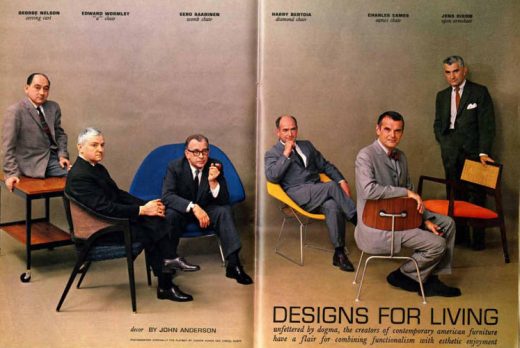Playboy’s Secret History As A Design Tastemaker
There’s a running gag that readers buy Playboy for the articles, not the (formerly) nude centerfolds. But from the 1950s to the 1970s, you could unequivocally say you were buying it for the design.
Historian Beatriz Colomina argues that it was Playboy—not MoMA or conventional design and shelter publications—that cemented midcentury modernism as pivotal to the aspirational lifestyle of the modern man. With a peak circulation of 5.6 million readers in 1975, the lad mag’s role as a major midcentury tastemaker is rarely acknowledged by historians. But in Playboy Architecture, 1953–1979 at the Elmhurst Art Museum, in Elmhurst, Illinois, Colomina chronicles how the magazine infiltrated the minds of the general public.

“[Playboy] really felt that [modern design] was an important tool—actually crucial—for seduction,” Colomina told Architect magazine. “The modern apartment is a necessity for the bachelor, who has to surround himself with all these gadgets and all this modern furniture, and eventually even the architecture, the Playboy Pad. These are the settings in which seduction happen.”
Hugh Hefner founded Playboy in Chicago in 1953 and enlisted designer Art Paul as the magazine’s art director. They were the magazine’s only two full-time employees at its outset, and together they shaped the editorial coverage, illustrations, photography, and creative direction—which was undoubtedly shaped by the magazine’s hometown. The magazine showed nude women draped over modern chairs, published plans for entire apartments, and buyer’s guides on how readers could furnish their own home in Playboy‘s image.
“Hefner was a fan of modern architecture, and one of the materials in the exhibition features a quote of him talking about seeing Mies van der Rohe’s Lake Shore Drive apartments and being impressed by how urbane they looked,” says Staci Boris, chief curator at the Elmhurst Art Museum. “He was interested in the life of a bachelor city dweller.”
In 1954, Playboy profiled local architect Frank Lloyd Wright, calling him the “greatest architect of all time.” That same year, it included a step-by-step guide on how to entertain and seduce a date that was set over an illustration of an apartment that was furnished with chairs by Eero Saarinen and Jorge Ferrari-Hardoy. (The whole setting looks like it could have been plucked from a Design Within Reach catalog dating from today.)
Mies van der Rohe was profiled in 1958, and that year the magazine also published a gift guide called the “Choice Cache for Christmas,” which prominently featured an Eames lounge chair. In 1961, its centerfold consisted of George Nelson, Edward Wormley, Eero Saarinen, Harry Bertoia, Charles Eames, and Jens Risom, along with the chairs they designed. In December 1964, the “Playmate of the Month” was photographed in front of Saarinen Tulip chairs. In 1970, Matti Suuronen’s Futuro prefab house was touted as a $14,000 “portable playhouse.” The magazine also used structures by Charles Moore, John Lautner, and Ant Farm as backdrops for photo shoots.

“Viewing Playboy as a driving force for the mainstream popularity of midcentury-modern design and architecture is an unusual way of looking at it, yet Colomina’s research is overwhelmingly convincing,” Boris says. “There are over 30 different issues presented in the exhibition that feature midcentury-modern design and architecture. An interesting thing about how it evolved over the years is how it was presented. In the 1950s, it was a fantasy—blueprints and suggestions to create your own lifestyle and environment. In the ’60s and ’70s, rather than renderings and sketches, it presents actual examples of houses.”
Put it this way, what do you think did more to place midcentury modernism in the minds of the general public and turn it into a commercial juggernaut, a heady museum exhibition, a stuffy shelter magazine—or a sultry image? To this day, the designs once featured in Playboy appear in ads, editorial, music videos, and film, and the aesthetic is still deeply fetishized. In fact, perhaps Playboy should reconsider mining its design legacy to dig itself out of its distressing identity—and financial—crisis.
Catch Playboy Architecture, 1953–1979 at the Elmhusrt Art Museum until August 28, 2016.
All Images: courtesy Elmhurst Art Museum
Related Video: The SFW Brand Evolution of Playboy
USA. 1963. Playboy club. © Bruce Davidson/Magnum Photos, courtesy Elmhurst Art Museum.
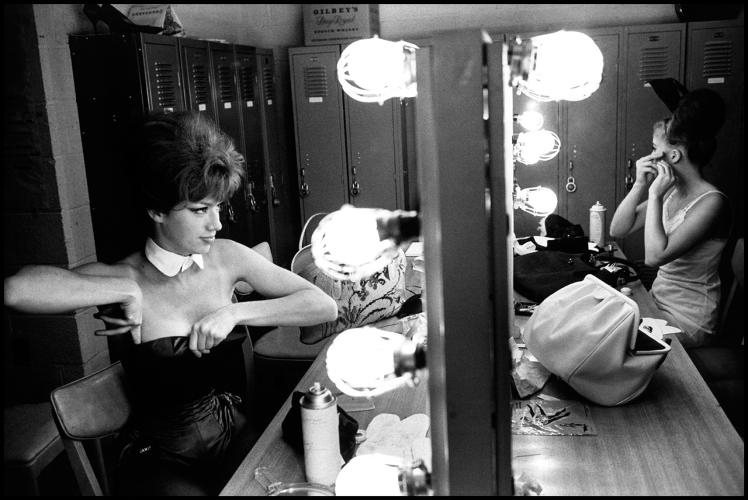
Playboy Architecture, 1953-1979 at Elmhurst Art Museum, 2016.
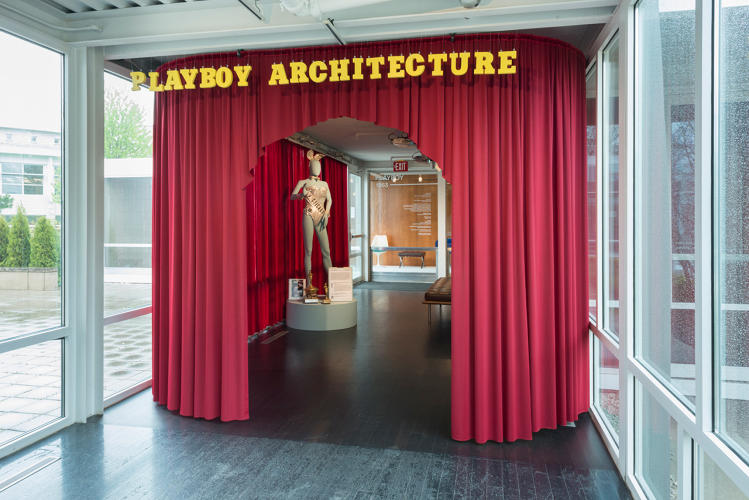
Playboy Architecture, 1953-1979 at Elmhurst Art Museum, 2016.
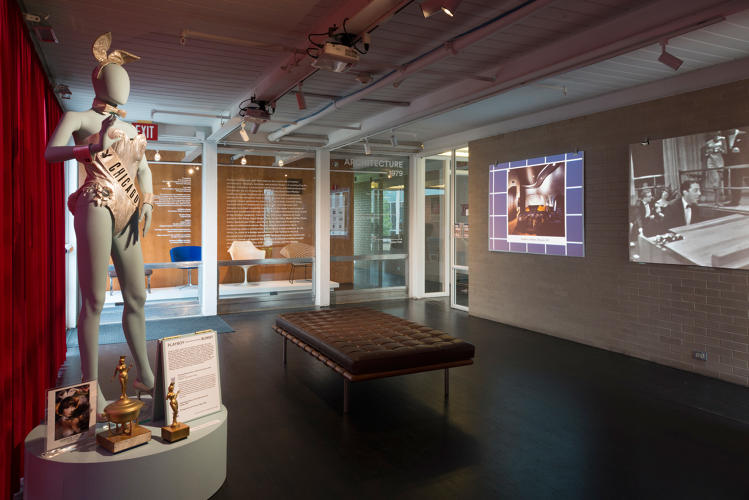
Playboy Architecture, 1953-1979 at Elmhurst Art Museum, 2016.
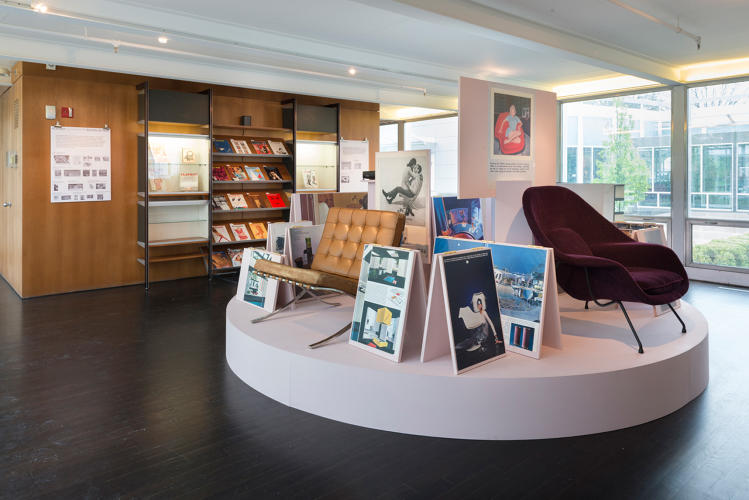
Playboy Architecture, 1953-1979 at Elmhurst Art Museum, 2016.
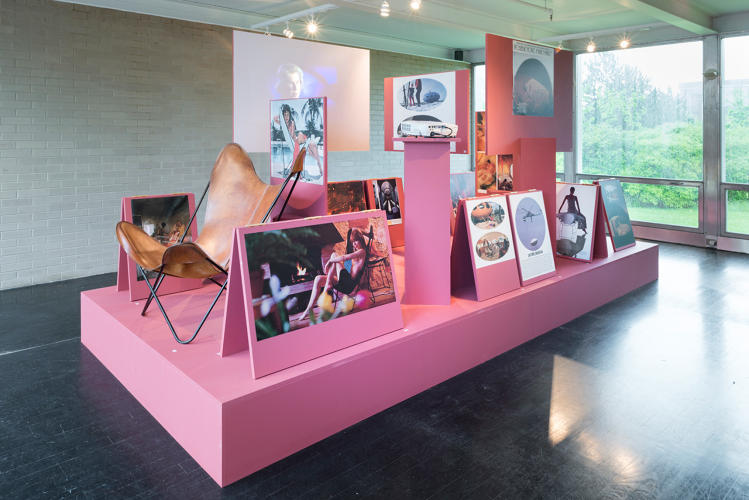
Playboy townhouse 1962. Artist rendering by Humen Tam.
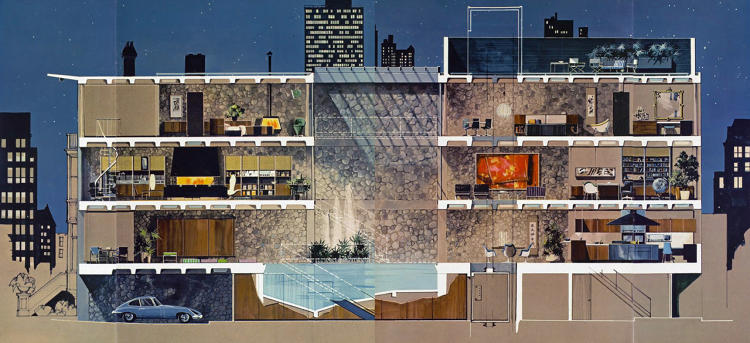
“Designs for Living” article in July 1961 Playboy magazine issue
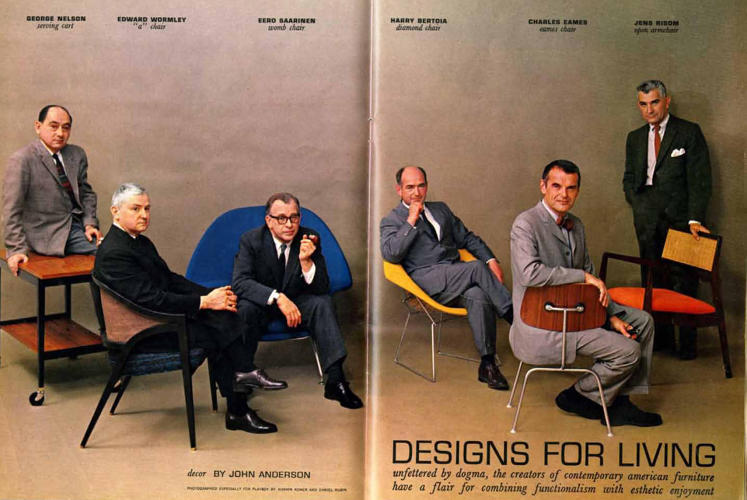
Playboy Architecture, 1953-1979 at Elmhurst Art Museum, 2016.
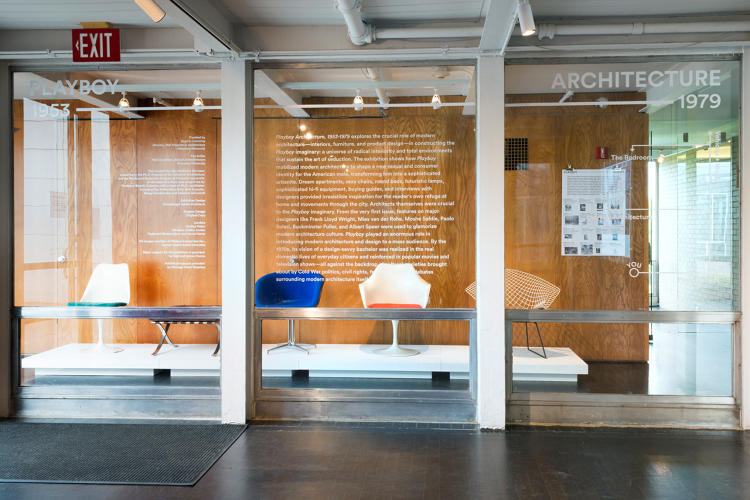
Playboy Architecture, 1953-1979 at Elmhurst Art Museum, 2016.
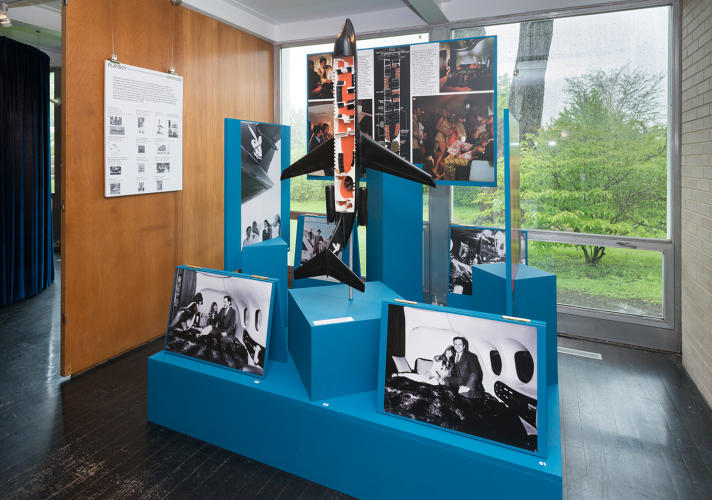
Playboy Architecture, 1953-1979 at Elmhurst Art Museum, 2016.
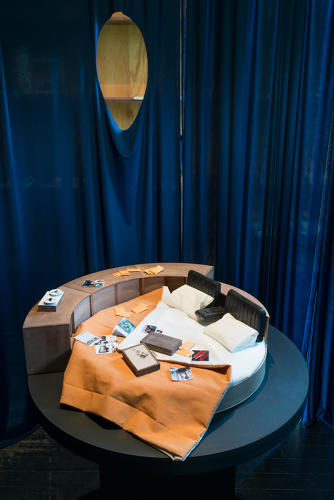
USA. Nevada, Las Vegas. 1966. Hugh Hefner, Playboy founder, talking on the phone while lying in his circular bed. Photo: © Burt Glinn/Magnum Photos, courtesy Elmhurst Art Museum.

USA. Nevada, Las Vegas. 1966. Hugh Hefner, Playboy founder, typing at his desk in the mansion. Photo: © Burt Glinn/Magnum Photos, courtesy Elmhurst Art Museum.
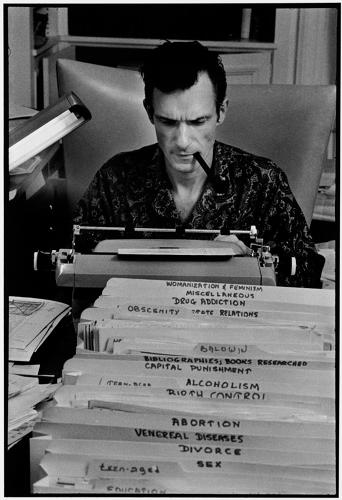
Poster designed by Experimental Jetset for exhibition at NAiM/Bureau Europa.
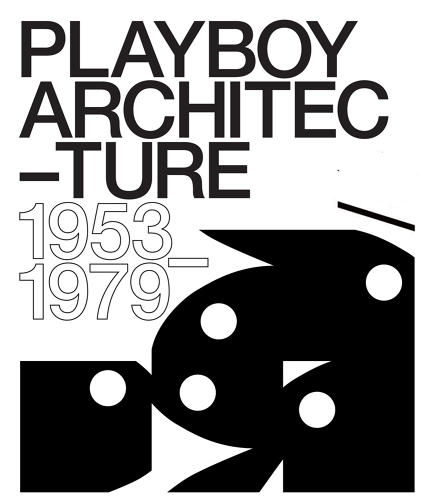
Playboy magazine display from original exhibition at NAiM/Bureau Europa.

Fast Company , Read Full Story
(68)

